Museu d'Art de Girona
"The Museu d’Art de Girona is the result of a joint presentation of some pieces from the collection of the former Provincial Museum of Antiques and Fine Arts and others from the Diocesan Museum collection. In addition some works of art from the Generalitat de Catalonia have recently been incorporated.
The Museum was created after the signing of an agreement between the Council and the Bishopric of Girona in 1976. Some years later, in 1992, the council transferred its rights and obligations to the museum to the Generalitat de Catalonia. Currently, the museum is managed by said entity.
The museum is housed in the Episcopal Palace of the old neighbourhood of Girona. It is one of the most outstanding buildings in the city. It is a complex and heterogeneous construction which has slowly taken shape through time. The first pieces of information known about the palace were date from the 10th century and reveal that the building was owned by Count Borrell who then granted it to the Bishop of Girona. Some stone constructions referred to as ‘Palau Vell."
(https://www.saatchigallery.com/museums/museum-profile/Museu+D%E2%80%99art+De+Girona/1255.html)

CaixaForum
Fundación Bancaria "la Caixa"
(The Caixa Bank Foundation)
(Photo by Joan Carles Moreno)
"The building that's home
to the CaixaForum Girona is an example of Catalan civil architecture from the Middle Ages. Built in Carrer de Ciutadans (Citizens Street), the old heart of the city, and a residence for aristocratic families, historians believe this was a 13th-century palace owned by one of the great families of medieval Girona, the Sitjar family. Before the palace was built the site contained an old mill (from 1078) and some of the architecture and decorative elements from these periods can still be seen today.
A fire destroyed many architectural elements in the 15th century and resulted in many important documents being lost, making it difficult to reconstruct the building's history.
The building has progressively been adapted to the different needs of the times, the city and its citizens, serving as a tavern, a home, a prestigious inn popularly known as La Fontana d'Or.
Declared a National Monument in 1921, the spacious rooms of the old palace became the venue for cultural, sports and institutional organisations, holding many different activities: a residence for Jesuits, site of the Schola
Declared a National Monument in 1921, the spacious rooms of the old palace became the venue for cultural, sports and institutional organisations, holding many different activities: a residence for Jesuits, site of the Schola
Orpheònica Gironina, of the Ateneu de Girona, the Esperanto Association and the Chamber of Commerce. In 1933 it held the Caja de Ahorros or savings bank of the Catalan government.
A long period of investigation and historical restoration work directed by the architect Joan Maria de Ribot i de Batlle confirmed the medieval origins of this old building and, in October 1973, La Fontana d'Or opened its doors as a Cultural Centre.
In spring 2011 this historical building started a new era as the CaixaForum Girona, a cultural venue open to everyone that holds exhibitions, talks, debates, educational activities, workshops... A centre without barriers that encourages integration, dialogue, knowledge and learning."
(https://es.wikipedia.org/wiki/CaixaForum_Girona#/media/File:Fachada_CaixaForum_Girona.jpg)
PUBLIC SCULPTURE
"Building owned by the pension fund for old age
and savings."
On this rather ordinary, but extremely large, modern-era commercial, institutional, and residential building there is a series of extraordinary bas-relief figures at every vertical column starting approximately 1.2m (4 ft.) above the sidewalk and extending to the underside of the protruding balconies approximately 3.4m (11 ft.) above the sidewalk. The very-well executed sculptures seem to depict an encyclopedia of types of work and professions.
I have been unable to find any information regarding the artist or the history of the installation. The building itself houses, among the many other uses, the EspaiCaixa, a modern senior citizen's center - see, Girona (1): The City.
ARTE CALLEJERO / STREET ART
Agitprop


Tall Walls
Figurative / Textual
Garage Entrances
Commercial
IIIIIIIIIIIIIIIIIIIIIIIIIIIIIIIIIIII
Recently, someone asked me what kinds of cities excited me enough to want to live there. I had an immediate answer: I look for cities that have an intriguing beginning and an ending that if it actually exists, is at the very least difficult to find. Any large metropolis matches those requirements. A city like Valencia is definitely intriguing and, so far, it is continually surprising. Girona is intriguing, but unfortunately, I think I might have stumbled onto its literal end.
_____________________________________________
Copyright © 2015-2023 Benjamin Clavan






























































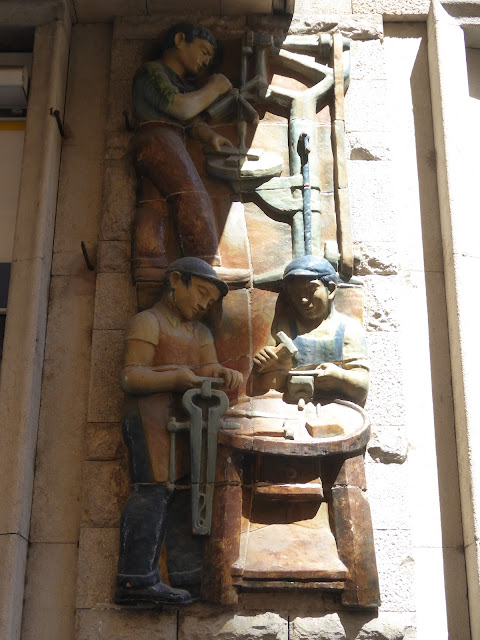













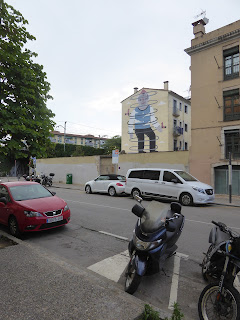




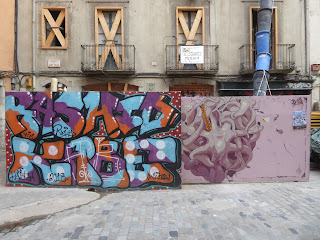









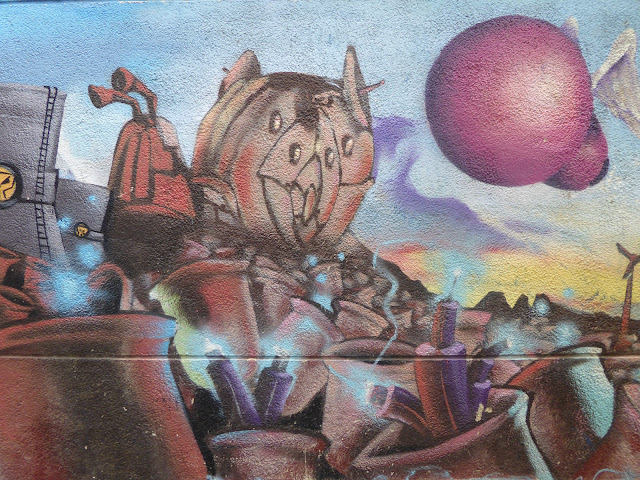































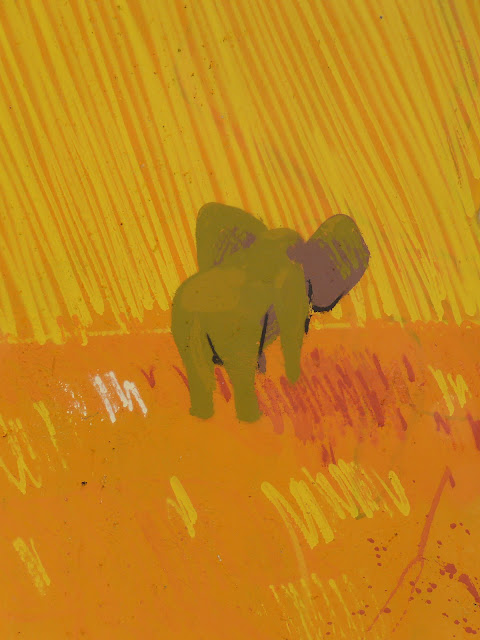



















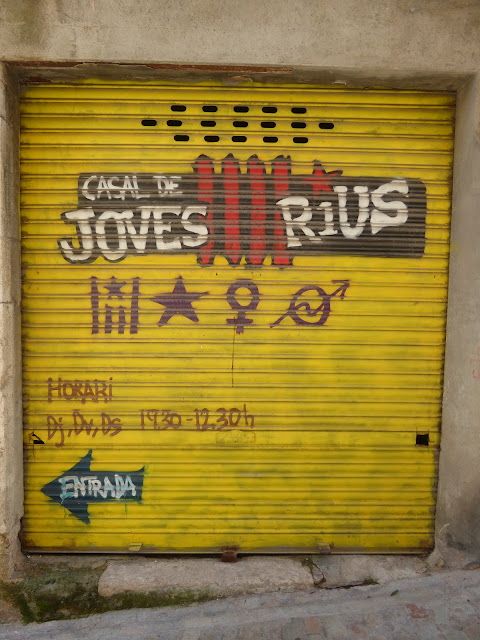



Cool! Thx!
ReplyDelete